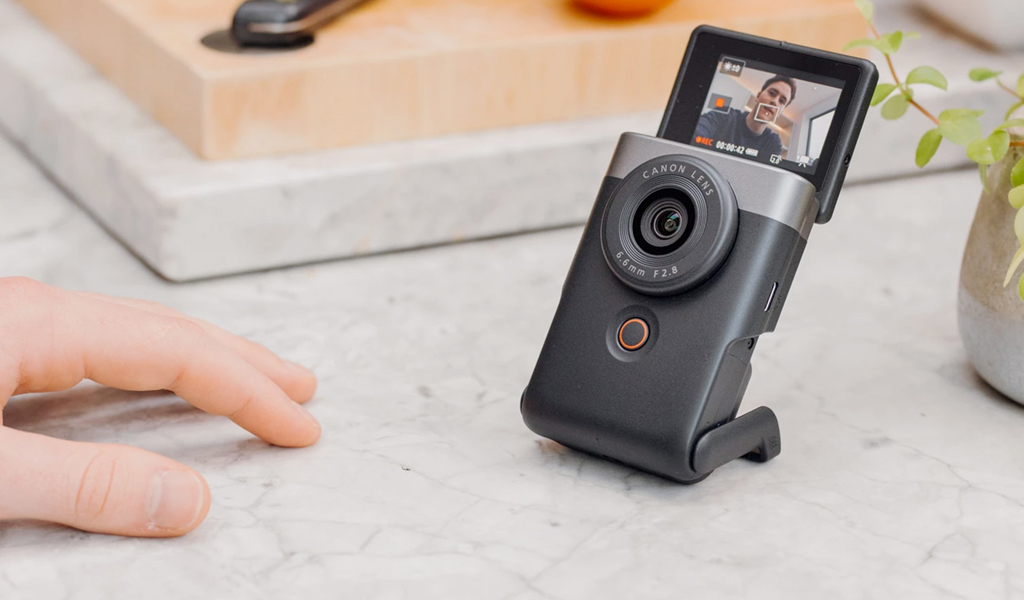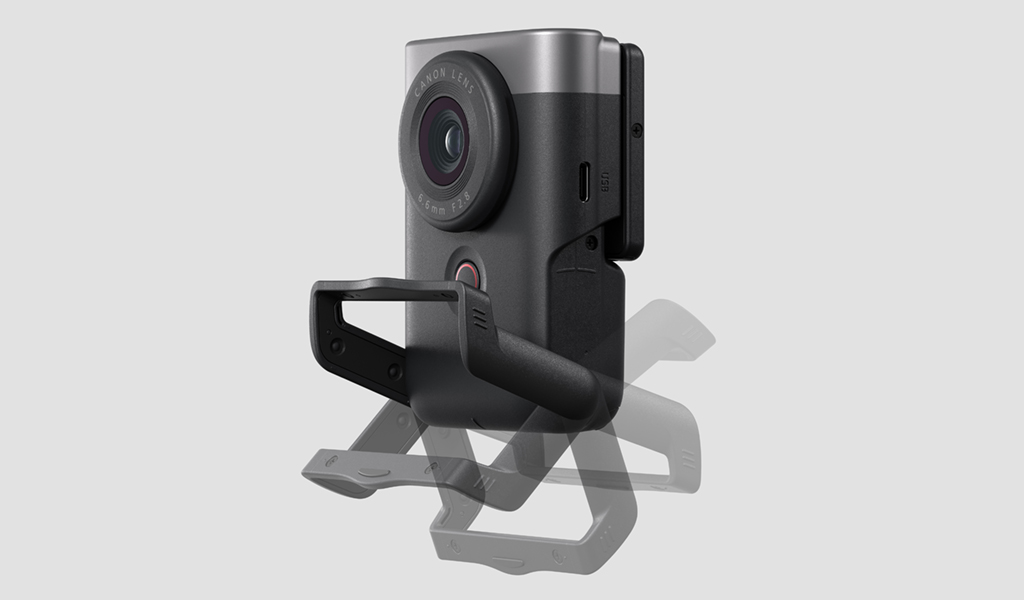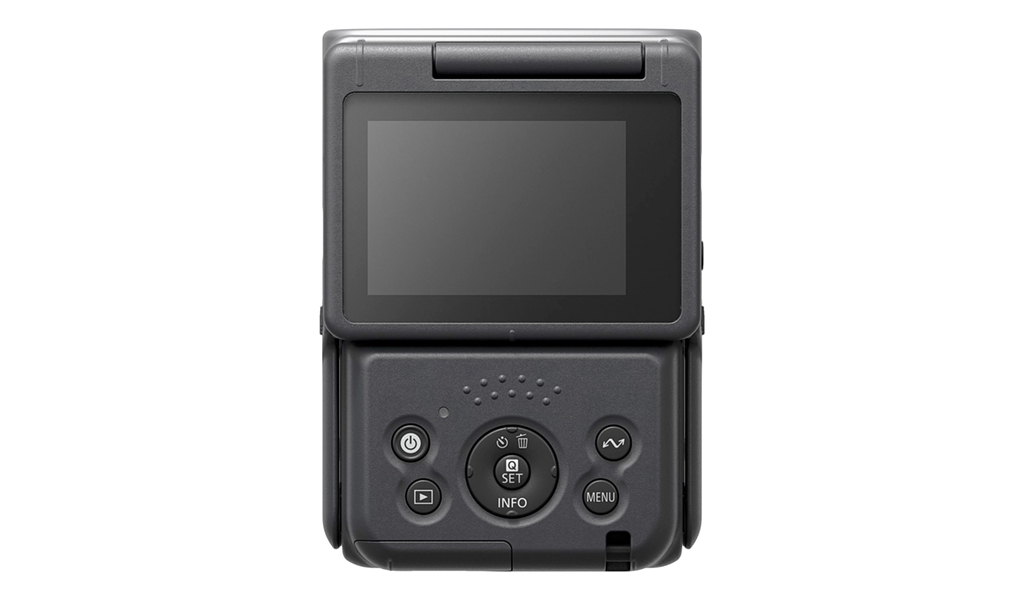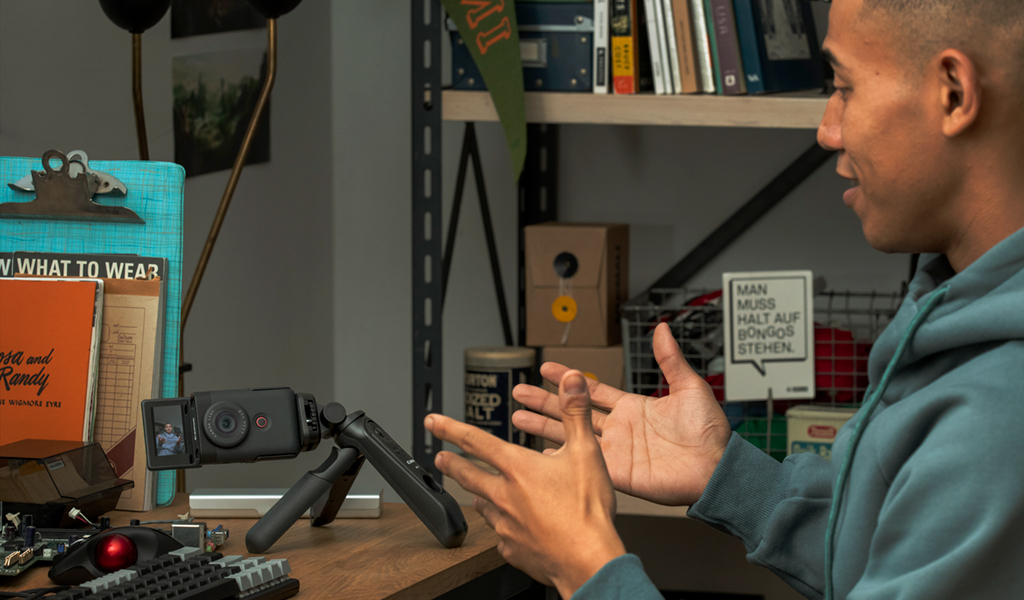
The Canon PowerShot V10 is a throwback to pocket video cameras with point-and-shoot attributes, letting you just shoot whatever you want on a whim. That’s the easiest way to describe just looking at it, though Canon isn’t hiding the purpose behind this unique camera, either.
It’s also easy to look at this and think that simply using a smartphone is the better alternative. The PowerShot has one major advantage, which is that it has a larger image sensor and better optics. It also utilizes similar software computation found in today’s smartphones to produce high-quality images that could be a cut above.
What the Powershot V10 offers

At 211 grams, the PowerShot V10 is only a little heavier than most smartphones, with dimensions that actually make it feel smaller than those same phones. It’s considerably thicker, though, owing to all the internals, including the lens, so you do have to contend with that. A retractable 2-inch screen also contributes to the thickness, where you can view it in front of you or flip it up to face you for vlogging selfies.
Additionally, there’s a kickstand to keep it propped up for more hands-free recording at up to 30-degree angles—something vloggers would likely appreciate. Like any other camera (not a phone), the V10 shoots photos and video horizontally despite its upright design, which is why I consider it a throwback to pocket video cameras. The idea is to cater to content creators, and while you can tilt the camera sideways to shoot vertical images, the kickstand isn’t really built to keep it propped up that way.

To keep things as small as possible, Canon dispensed with as many physical buttons as it could, so aside from the obvious record button in the front, there are a handful in the back to cover everything else. There is a USB-C port to charge on the side, plus a microSD card slot for storage.
Canon also based the imaging aspects on the PowerShot G series cameras, which explains why it has a 1-inch 20.9-megapixel CMOS image sensor and fixed 19mm lens with f/2.8 aperture. That’s a wide angle capable of capturing both you and the background from arm’s length without issue. Three microphones—two to capture sound, one to reduce background noise—help on the audio side, though you have a microphone jack to plug in your own. No headphone jack, unfortunately.
What the PowerShot V10 can do

The PowerShot V10 can record 4K video at up to 30fps in 8-bit, so this isn’t going to match the options you get with more expensive cameras. Moreover, the image sensor corrects for distortion, meaning it actually uses 13-megapixels for 4K video and 15.2-megapixels for still photos. You won’t be able to shoot in RAW.
One of the more intriguing features is the ability to livestream with the V10 when paired with the right app. That lets you stream live to YouTube and Facebook or even use it as a webcam with your computer. If you have to hang the camera upside down to get a better angle, the accelerometer inside will flip the video to orient it properly. When you’d rather use a tripod, the screw mount at the bottom simplifies that too.
Canon includes 14 built-in colour filters with a “Smooth Skin” mode to emulate the kind of features available on smartphones. Front-facing cameras on phones don’t use the best image sensors, so having something this versatile should mark an improvement in overall image quality.
It does have its limits, as in the fixed focus lens that won’t let you get too close to a subject. If you’re thinking of using this to show or demo something up close, you may not like the results. It has face detection, which is nice, and can adjust focus if you’re holding a product up in front of you, so you’re certainly able to use it for standard demos that way.
The Canon PowerShot V10 is available now for pre-order at Best Buy.


